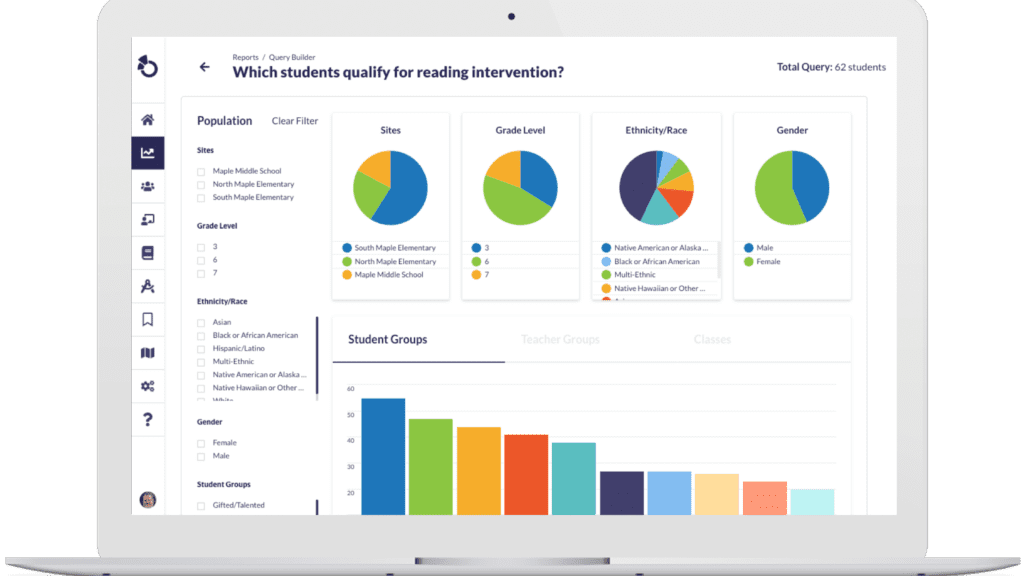How to Choose The Best Formative Assessment Tool for Your Classroom
By: Otus
If you’ve ever used digital formative assessment tools before, you know they provide a meaningful way to assess student understanding. From online quizzes to message boards, formative assessments can add a lot to your classroom—letting you monitor student development in more interactive ways.
According to the George Lucas Educational Foundation, “Formative assessment identifies areas where students are excelling and struggling so that teachers can best alter their instruction to meet the needs of all students.” You can take a sample of your student population—without hurting grades—and adjust future instruction to accommodate varied learning needs.
While the benefits are clear, it can be difficult to choose the right option. What works for your classroom depends on a variety of factors. Here’s a simple, three-step process for selecting the most effective formative assessment tool for your needs.
3-Step Process for Identifying the Best Formative Assessment Tool
- Determine your end goal. You should base your selection of a tech-based formative assessment tool on your end goal. Do you want elementary-aged students to ‘show what they know’ after a lesson? Or do you want to embed open-ended questions throughout a high school lesson? By determining your end goal, you can work backward to identify the most effective formative assessment tool.
- Take a technology audit. Some formative assessment tools require each student to have an electronic device, while other tools can be used with a single computer or phone. Take an audit of your classroom to determine what tools you already have at your fingertips and brainstorm how those tools can help you conduct an interactive and engaging formative assessment.
- Identify the data you need. Different assessment tools produce different data. Do you want qualitative or quantitative data on your class? Do you want to identify individual students who need assistance, or do you want to group students based on the results of the assessment? Understanding what type of data you need, will help you choose the most appropriate tool for your classroom.
Integrating Formative Assessment Tools Into Your Classroom
Tech-based formative assessment tools can be a teacher’s best friend. You just need to know how to select the best educational technology and how to integrate it into your classroom. At Otus, our Assessment Management Solution helps teachers and students stay organized: “...all of the third party tools teachers use can be embedded within the platform. This includes Flipgrid, Newsela, and Kahoot – just to name a few.”
Meet the Needs of Your Students
As you develop a strategy for gathering and using formative assessment data, consider how technology can make your life easier. Determine your end goal, take a technology audit of your classroom (and school), and identify what type of data will help you improve student learning.
You are well prepared to assess your students and alter your instruction to meet the unique learning needs of your classroom.
Related Resources
Request a demo!
See exactly how Otus can help your school accelerate student growth and improve student outcomes – all while saving educators time.





